I’ve always been fascinated by this small fishing settlement north of Swakopmund, which catches the eye with its colourful houses and its water towers, and wondered where the name Wlotzkasbaken (Wlotzka’s Beacon) came from.
My curiosity finally got the better of me and I contacted the Scientific Society in Swakopmund. They put me in contact with Kirsten Wlotzka-Paape, the granddaughter of the protagonist of the story, Paul Hermann Wlotzka. She dug out some old newspaper clippings about her grandfather.
I learned that Wlotzka had first come to the country in the late 1890s and served in the Schutztruppe under Curt von François. When he left the army, he started his own transport business with a team of trusty horses and surefooted mules, focusing mainly on the area from Swakopmund northwards. Diamonds had been discovered in Lüderitz in 1908 and people were becoming interested in prospecting along the coast for minerals. The ship SMS Möwe was sent to survey the coast and measure the ocean depth. As it explored the coastline, wooden beacons or ‘baken’ were placed along the shore.
Wlotzka’s services were urgently needed to convey food and material to the prospectors and survey teams on land. He built a small shed near to one of the trigonometrical beacons to store water and feed for his animals. The small bay proved to be a good fishing spot and over time became known to local fishermen as ‘Wlotzka’s Baken’.
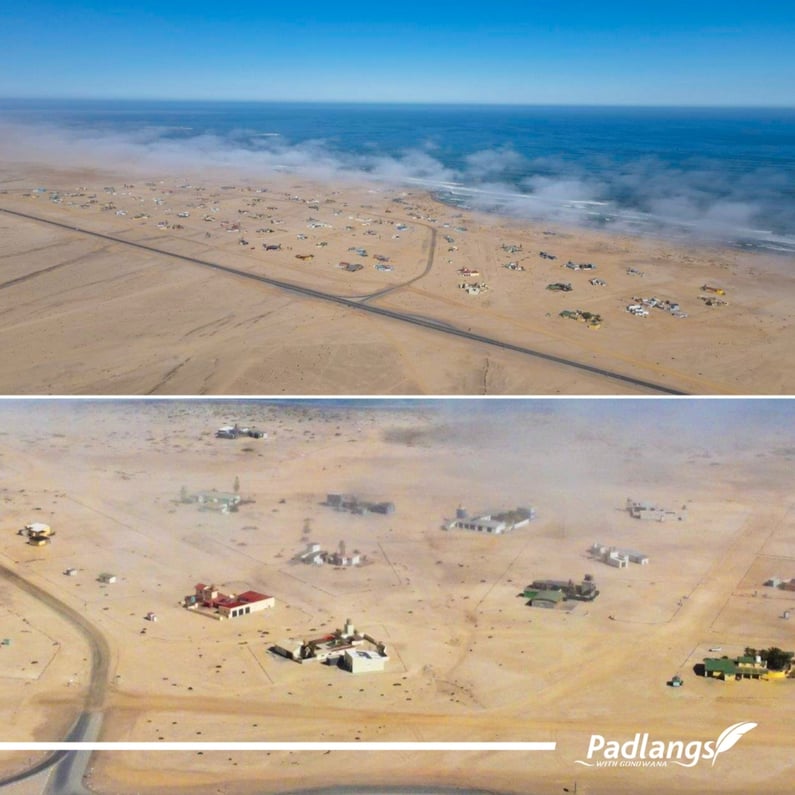
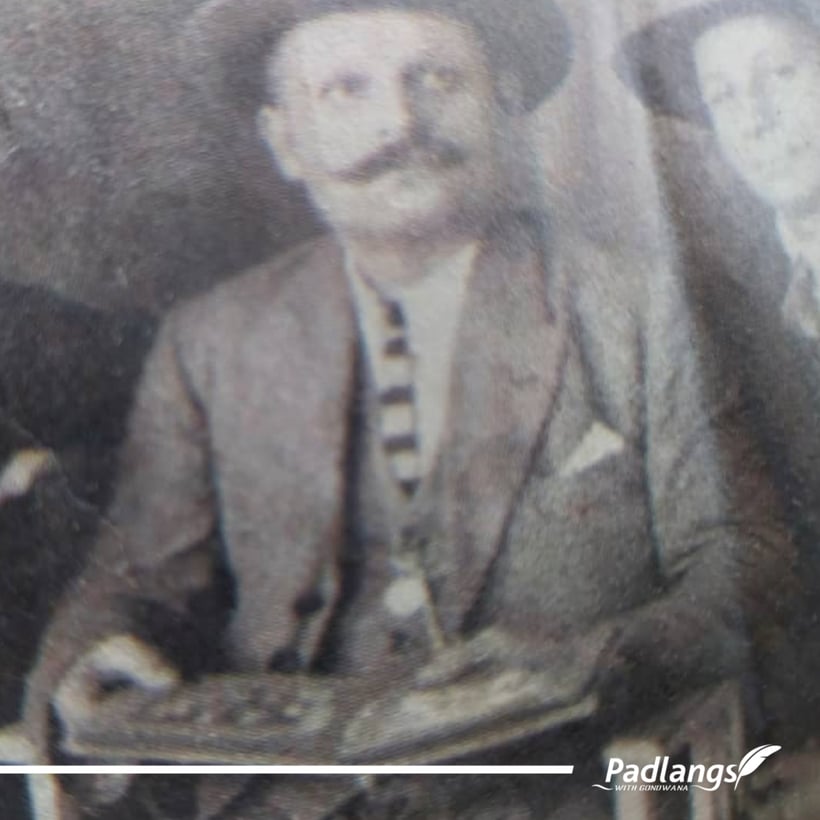
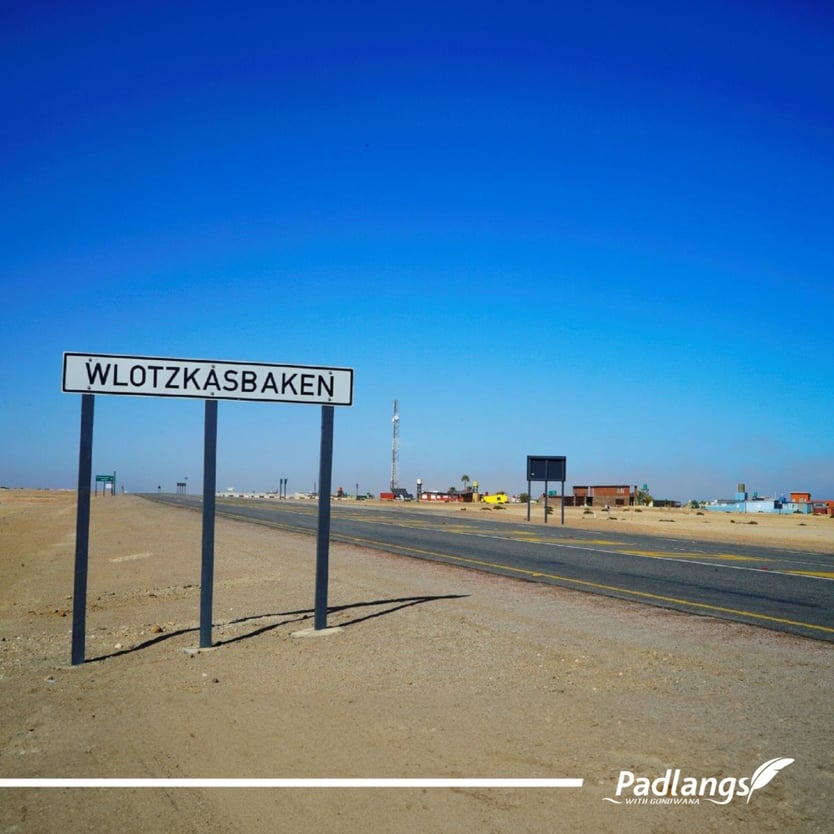
As the story goes, prior to World War One, Wlotzka is also said to have transported goods for Joaquin Fernandez Prida’s party, sent by arbitrator King Alfonso of Spain to determine the disputed boundary between Walvis Bay (which was under British rule) and German South West Africa. At the onset of the war, Wlotzka and his family were expelled from the country. They returned at a later date and Wlotzka resumed his transport business, now also taking fishermen and holidaymakers to the popular fishing spot of Wlotzka’s Baken, becoming one of the first tourism entrepreneurs.
People began to camp at the site over the Christmas holidays and in the 1930s several makeshift huts were built. In 1934 the first plots were allocated at Wlotzkasbaken. It is still a popular fishing settlement which bustles during the end-of-year holiday season.
(We’d love to see your photos and hear your stories about Wlotzkasbaken, please share them with us.)


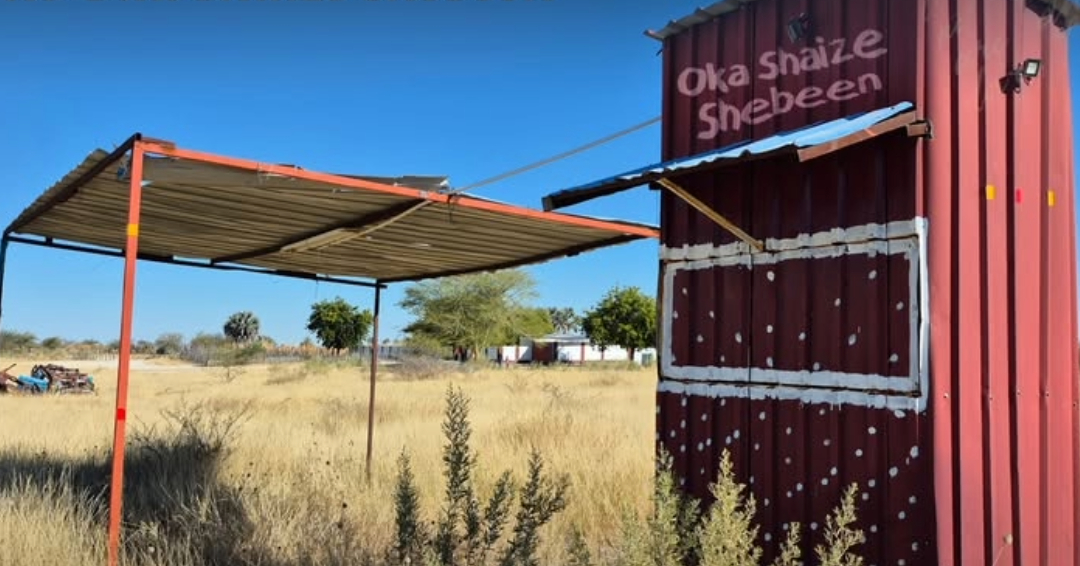
.jpg)
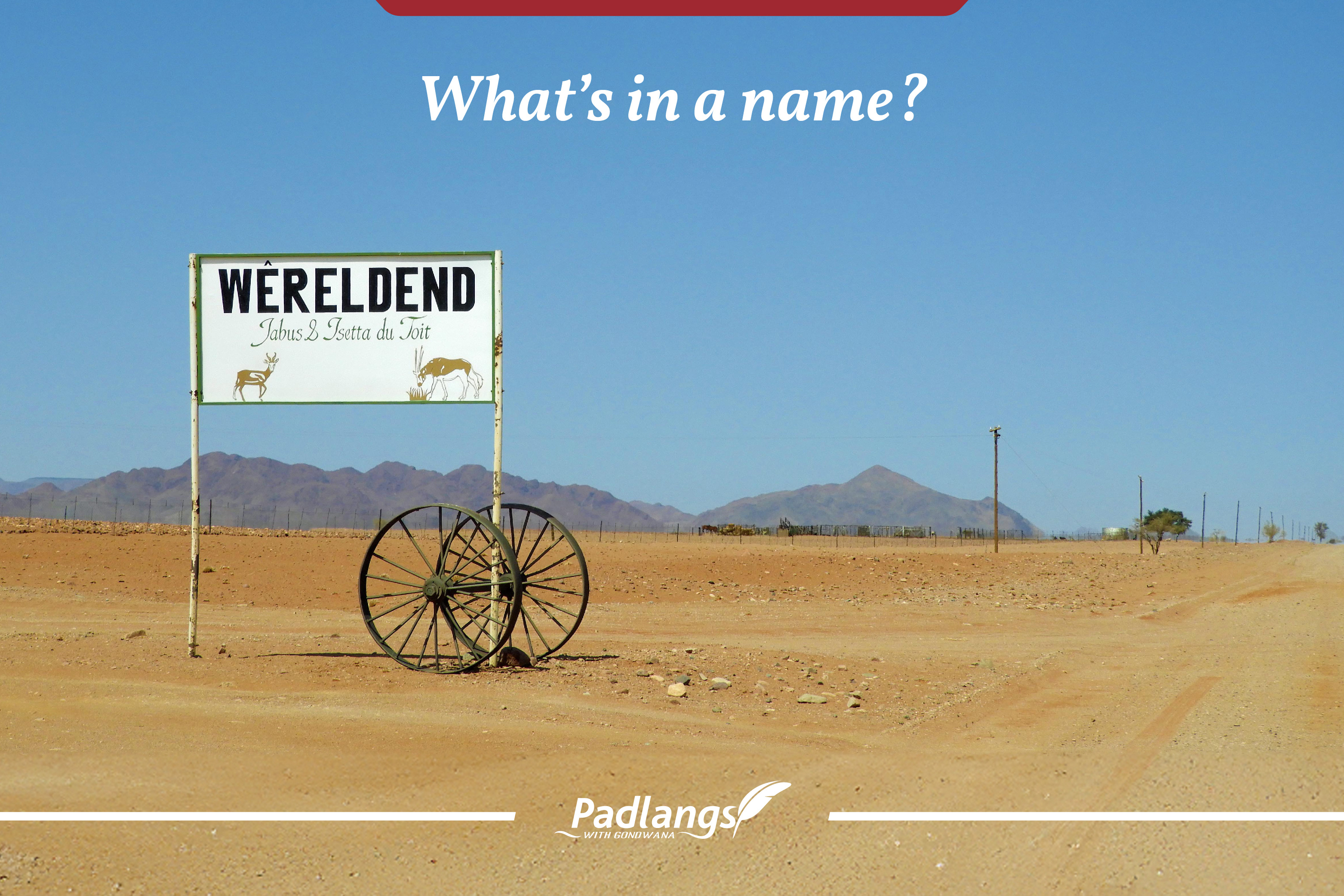


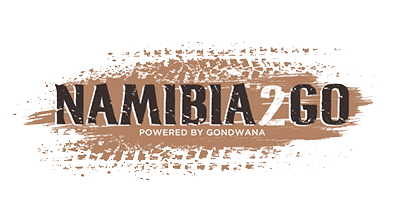

.png)

SUBMIT YOUR COMMENT